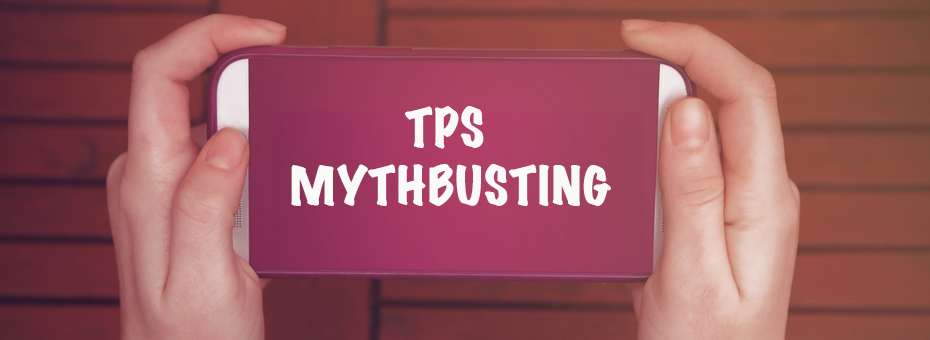The Toyota Production System (TPS) provides the foundation for a productive, efficient and safe work experience. Concepts such as the “work pie,” various forms of waste, kaizen events, respect for people and more comprise the basis of any lean transformation. Yet despite its fundamental nature, TPS is not an easy thing for many to grasp. In this special installment of Advice from the Gemba, three of LEI’s accomplished faculty discuss the most common misconceptions they hear about TPS from their workshop participants:
Karen Gaudet (Director of Education, Lean Enterprise Institute)
 The greatest misconception I have experienced is that a lean operation (or one based on the fundamentals of TPS) will solve all of the problems currently “felt” by any one team or worker.
The greatest misconception I have experienced is that a lean operation (or one based on the fundamentals of TPS) will solve all of the problems currently “felt” by any one team or worker.
A well-defined/-transformed system of work will make it incredibly easy to see the actual problems that exist. This then enables the team member to effectively know how to solve the problem and/or what type of support might be needed in order to do so. The observation of the actual problem becomes objective and based on actual facts as the work is observed. The system helps to remove the emotion, perception or lack of truly knowing out of the equation and sets everyone up for effective problem-solving around the work. This is the greatest form of respect for people I know. It does not, however, solve the problems for the worker but enables them to actually think through how to solve it themselves.
For example, Black Friday is typically one of the busiest days for business in retail stores. If a given store’s operating system of work is based on TPS fundamentals, how to plan/problem solve for such a high-volume day of business will be based on observable data. Consider: knowing what products the customers are likely to order helps you understand the time it takes to assemble and serve said products to them. This then reveals how many items will be needed within a certain timeframe.
This information helps you “see” who should be doing what work in delivering those items to the customer at any given time, based on the work needed. The system of work is set up based on enabling the needed tasks to occur within the time required. Should problems arise, you’ll have observable facts you can look at to see what part of the plan might be the problem vs. emotionally feeling that it is “too busy” and you cannot keep up. You can “go see” if the actual product you planned for are selling as you predicted. Is the work system that delivers those products in place as planned or is something wrong in the system of work? This allows for problems to be visible and observable and thus be solved through effective thinking: the greatest respect for people and their work that you can provide.
Matt Savas (Community Resource Manager, Lean Enterprise Institute)
 “So how fast can you build this darn thing?” Inevitably, workshop participants ask this question – and they don’t realize it’s a misconception.
“So how fast can you build this darn thing?” Inevitably, workshop participants ask this question – and they don’t realize it’s a misconception.
This workshop teaches participants how to see work versus waste, and upon acquiring that capability, challenges them to eliminate waste. We teach this through the assembly of Mr. Potato Head toys. Participants must meet a specific takt time. Within that time they must attach the feet, body, arms, eyes, nose, mouth, mustache, ears, and hat. Without mindful work design the takt is impossible to achieve.
Most are able to conquer the challenge within the allotted time – and yet they still feel unsatisfied. “So how fast you can build this darn thing?” they ask. When I first began learning lean, I also asked my teacher this question. I’ve since learned that the right question isn’t “how fast can you build it?” Rather, it’s “how fast do you need to build it?” The workshop assigns a customer demand rate (takt); in this case let’s call it 15 seconds. Therefore the answer is, I need to build one every 15 seconds. Building any faster would be as bad as building any slower, as it would cause overproduction – the worst of the seven wastes.
Last May LEI took 36 manufacturing CEOs on a study mission to Japan. We included a half-day assembly simulation led by former Toyota engineers in order to teach lean fundamentals. Instead of a Mr. Potato Head they had to assemble a desk fan. At the simulation’s close, several implored the Toyota engineers to show them a “perfect” assembly cell. They wanted to know, “How fast you can you build this darn thing?” The engineers refused to answer. I think they refused because it wasn’t a question worth answering. The right question was “How fast do you need to build this darn thing?”
There is no absolute answer. The answer is a function of the problem.
Josh Howell (Senior Coach, Lean Enterprise Institute)

I’ve seen a misconception about what entails WORK. Folks running around on the shop (or in retail, sales) floor does not equal WORK. Much of the time it just equals folks running around on the shop floor.
We think about WORK in a particular way – as the essential human effort required to transform an object or information into what the customer (next step) needs for their step, payment, to occur. For management, then, designing jobs with complete WORKloads becomes an important (the most important?) responsibility. Unless, of course, said management is unconcerned with using their most important (and costly) resources – team members – effectively, or respecting them enough not to waste their time.
To illustrate this point, think about the baristas you encountered when you got your coffee this morning. Was your order’s information transferred from one barista to another in a quick, accurate and easy-to-read manner? Then, as the second barista prepared your drink, was he or she able to do so without having to retrieve supplies from outside their workstation?
If the answer to either of these questions is “no,” management has allowed motion to invade their team members’ work (a naturally occurring phenomenon, by the way) to the detriment of you, the customer, who has to wait; the team member who becomes frustrated and exhausted; and the business that pays for time spent running around!
Want to Keep Learning?
Read Steady Work by Karen Gaudet, who managed 110 stores as a regional manager for Starbucks. She offers smart, practical business advice and a heartfelt personal story about how a continuous improvement system revitalized the retailer during the global financial crisis and helped employees in Newtown, CT, get through a national tragedy.








